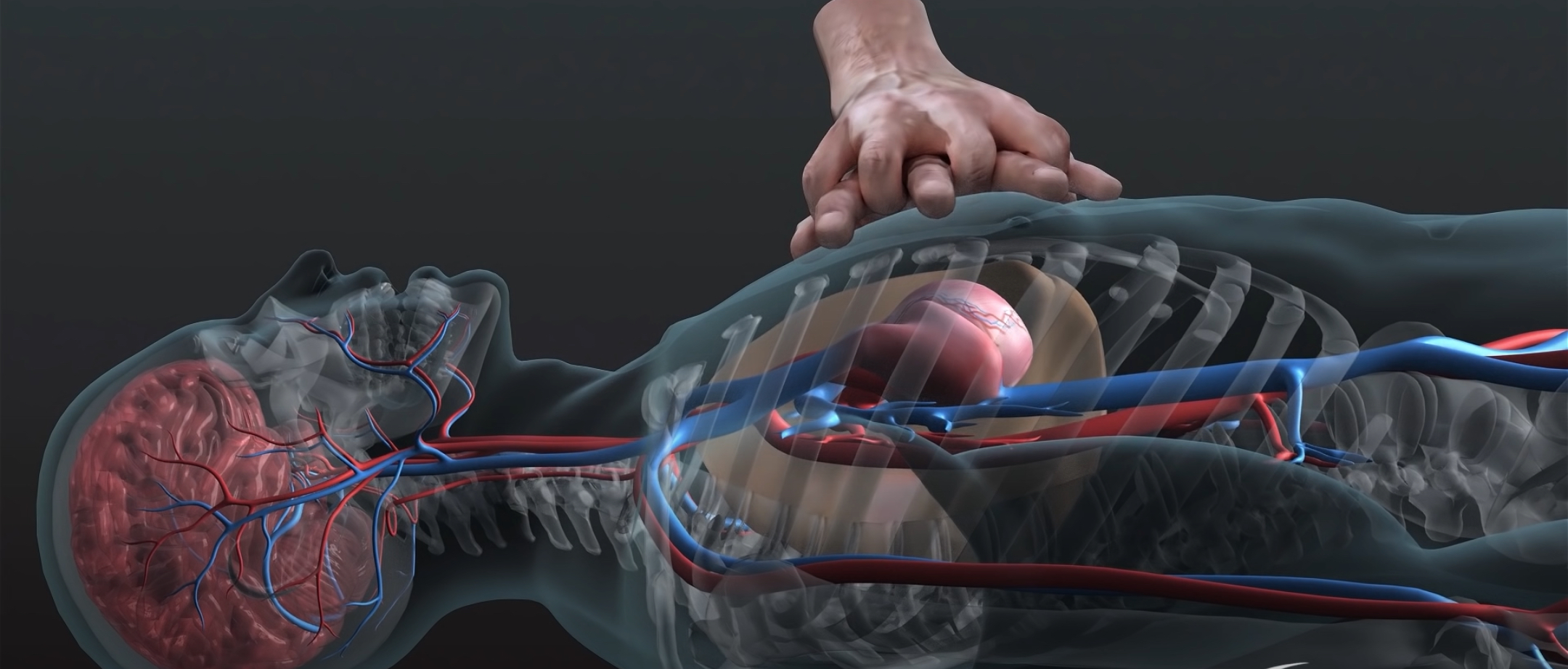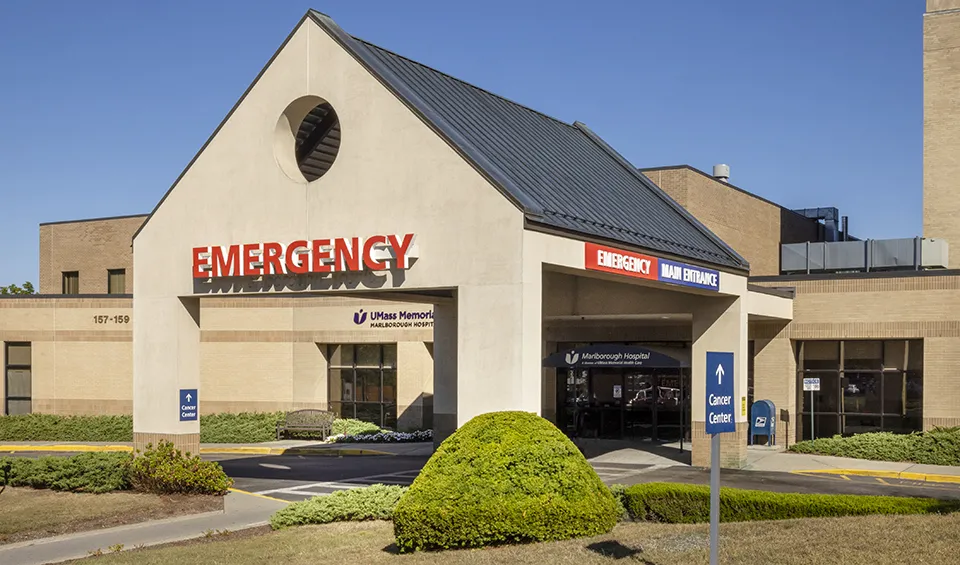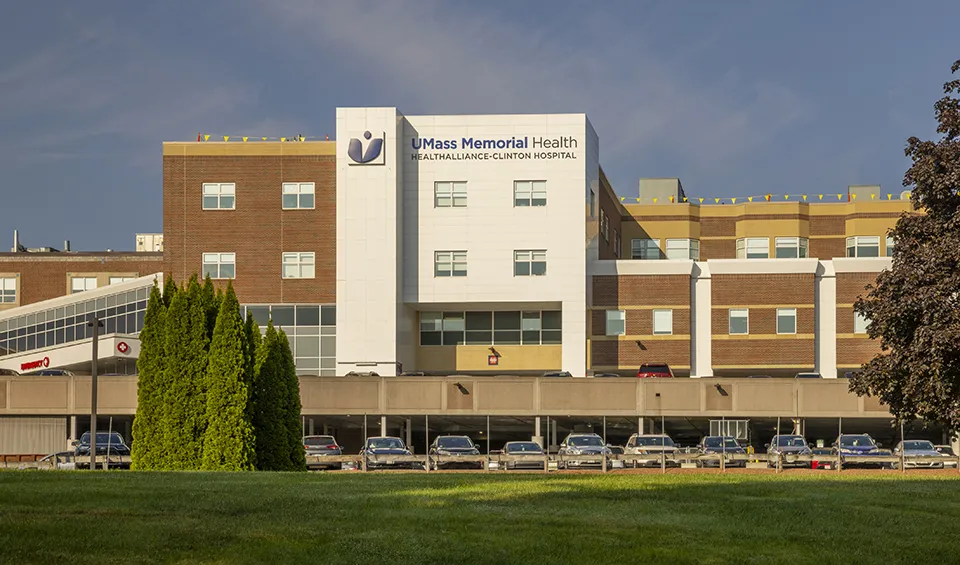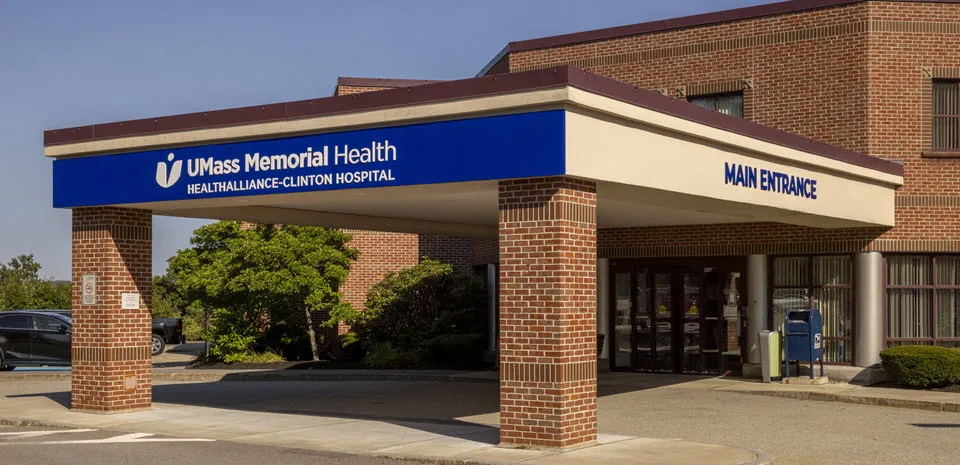Click image to view CPR in action. Watch how performing CPR with optimal chest compression depth & rate keeps oxygenated blood flowing to the brain and other vital organs!
What is CPR?
CPR stands for Cardiopulmonary Resuscitation. CPR can save a life during a cardiac arrest. In a cardiac arrest, the heart stops beating or beats irregularly such that oxygenated blood cannot be delivered to the brain, heart, and vital organs.
The Purpose of CPR
Cardiac arrest is the leading cause of death in the United States. Performing CPR replaces the mechanical pump of the heart by compressing the chest and allowing blood to flow from the heart to the rest fo the body. Effective CPR can double or triple the chance of surviviing a cardiac arrest for victims.
Signs of Cardiac Arrest
Victim is unresponsive and unconscious
Victim is either not breathing or is breathing irregularly
Weak or absent pulse
Importance of Community CPR
Training laypeople in hands-only CPR promotes heart safety within the community by increasing the probability of prompt, life-saving assistance within the community.





